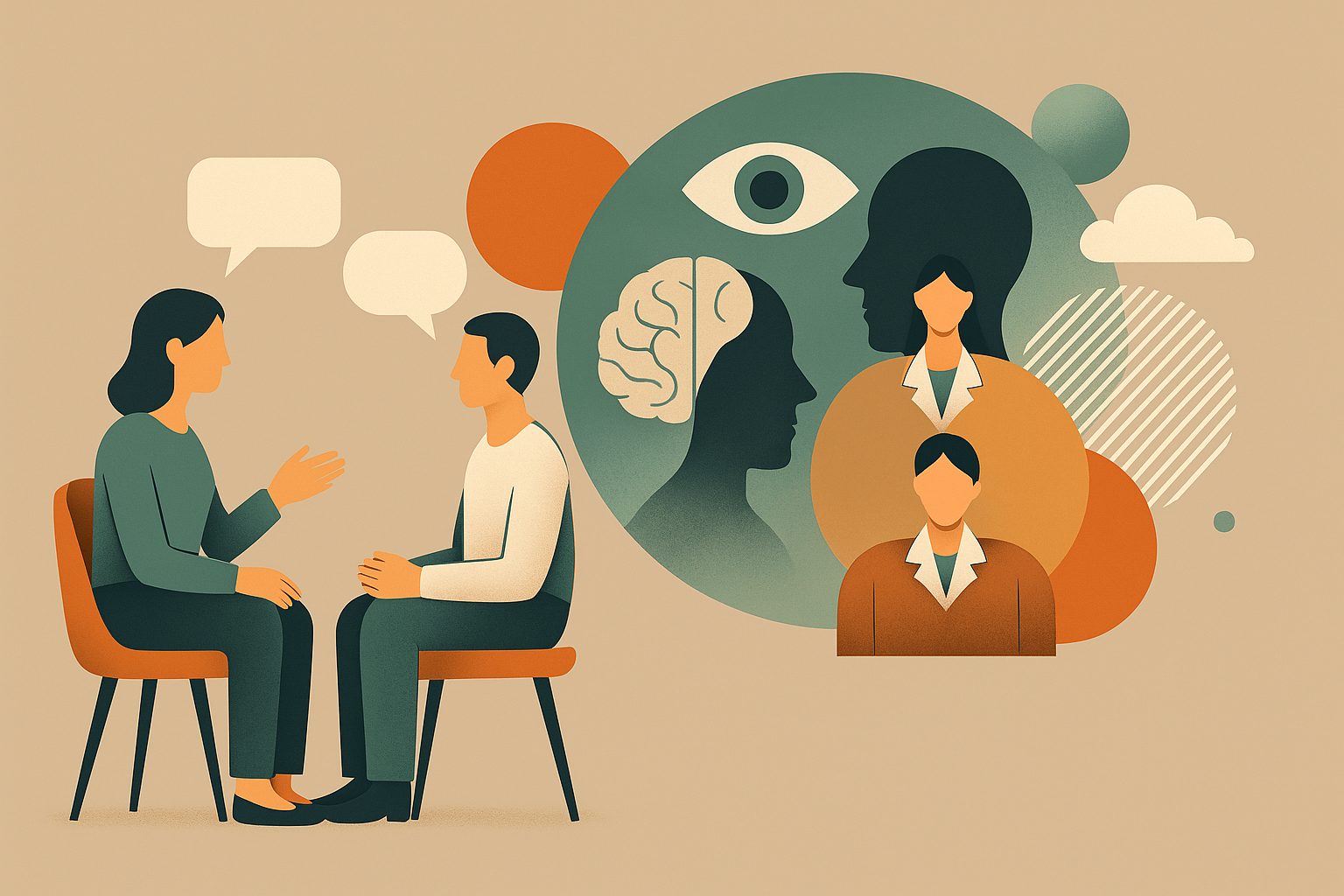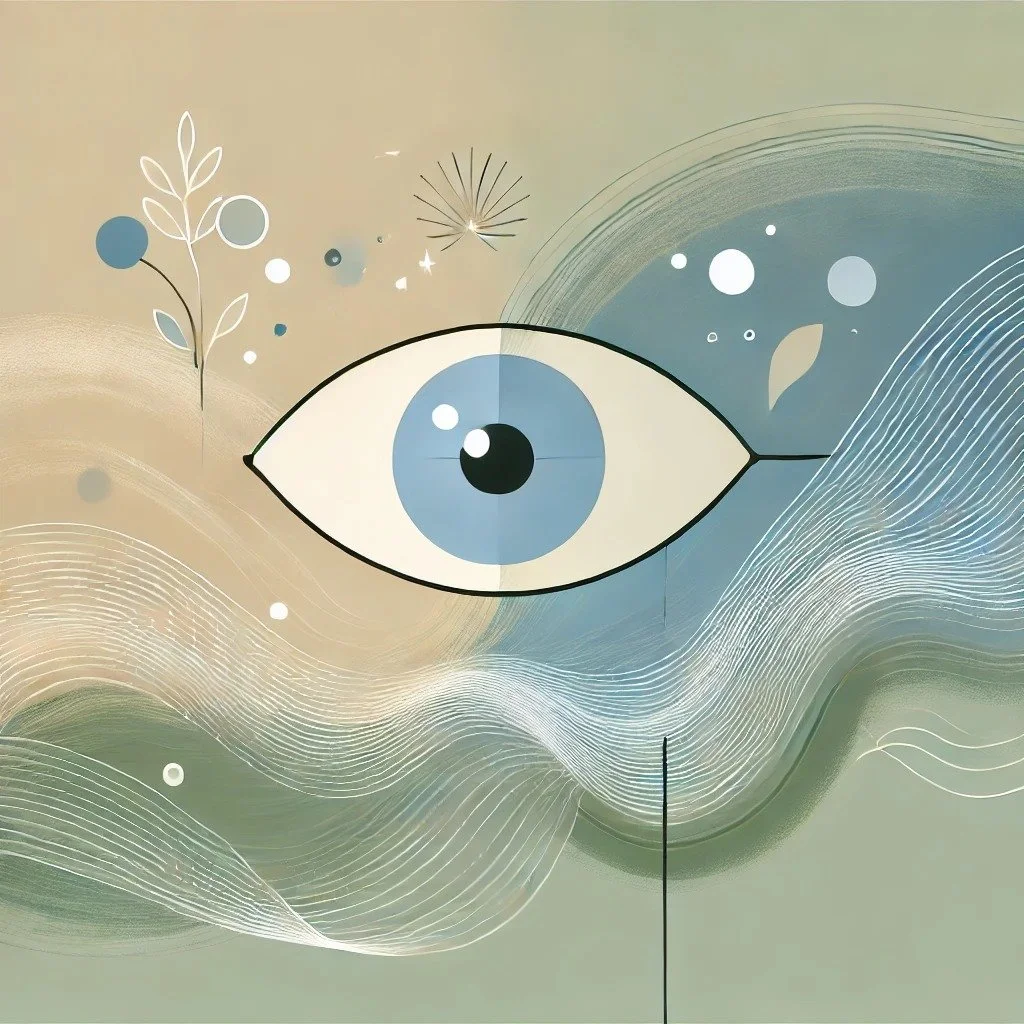Adult Therapy
The Process
You might wonder which therapeutic modality—EMDR, CBT, Psychoanalysis or Psychodynamic Therapy—will best suit your needs and whether an assessment is necessary before starting therapy. These questions are, in fact, integral parts of the therapeutic journey itself.
During our initial sessions, we will collaboratively explore the challenges you’re facing, clarify the symptoms and difficulties you’re experiencing, and uncover their underlying origins. This careful exploration guides us in creating a personalised and effective treatment plan tailored specifically to your needs.
My practice is deeply anchored in EMDR and psychoanalytic principles - trauma focused. While continually integrating insights, tools and effective techniques from other proven modalities, such as Cognitive Behavioural Therapy (CBT), neuroscience, and social sciences.
EMDR
-
When you hear EMDR, your mind might jump to PTSD or trauma—yes, it's excellent for trauma treatment, and I often use it for that purpose. But it's not limited to trauma alone.
EMDR (Eye Movement Desensitization and Reprocessing) is a revolutionary therapy, quite versatile and preferably used as a targeted, problem-focused approach.
How do we start ?
Together, we identify a specific issue or target (such as fear of driving, public speaking anxiety, grief, etc.) that you wish to address.
We then develop a clear targeting sequence and systematically work through it, starting from the source of the issue.
The underlying theory of EMDR therapy suggests that traumatic events occur when our mind struggles or fails to adequately process certain information due to their high emotional intensity or the distress they caused.
Let's consider an example:
If someone was mocked during a school presentation and felt extremely uncomfortable or upset, many years later, as an adult, they might face a similar presentation scenario.
Despite the situation being different, they could unexpectedly experience the same feelings again. Even with improved presentation skills, breathing techniques, and control methods, that original emotion may persist, interfering with their ability to learn or perform effectively.
Information isn't stored strictly as past, present, or future but rather in an associative manner.
Consequently, feelings or memories from the past can affect present and future situations—and vice versa.
With EMDR, the goal is to reprocess the problematic information causing unsettling feelings. We use guided eye movements, which are believed to mimic the natural healing processes our brains engage in during deep sleep, effectively helping us to integrate and heal.
Psychoanalysis
-
When people hear "psychoanalysis", many still think of Freud, sexuality, hysteria, or elitism. But what does it really mean today?
In France, psychoanalysis underwent a quiet revolution. It has been reimagined and expanded—integrating insights from linguistics, mathematics, economics, and philosophy while . Yet these developments are often overlooked, with popular understanding still tied to outdated ideas.
In practice, psychoanalysis guarantees something rare : that the therapist has undergone years of personal work—often five to ten years—facing and deconstructing their own fantasies and unconscious processes. This depth of self-exploration allows analysts to suspend judgement, refrain from imposing values, and truly listen—without labelling thoughts as “good” or “bad”, “normal” or “abnormal.”
Psychoanalysis is, above all, a method to explore the unconscious. It values free association, dreams, Freudian slips, and internal conflicts. It steps away from binary thinking and the notion of coincidence, opening a path toward reflection and meaning.
In this space, clients often uncover the unconscious logic behind repetitive patterns—struggles at work, difficulties in relationships, or unexplained passivity. It also helps address deeper existential questions: Why do I keep ending up here? Why do I pursue what doesn’t fulfil me? What role do I play in my own story?
For many, psychoanalysis is an invitation to reconnect with desire, not to avoid it. It becomes a kind of life accelerator—a way to move forward by understanding what drives us.
The analytic space is one of radical freedom. The only rule is to welcome all thoughts without censorship, judgement, or shame. In this space, social masks fall away.
It can all begin with a simple question: “Who am I?” – “What do I really want?” – “Why do I keep repeating this?”
Psychoanalysis is particularly suited to those who enjoy deep questioning, who are curious about their decisions and desires, and who want to understand the invisible threads shaping their life.
As I often say: “Psychoanalysis is an invitation to explore the part of you that doesn’t reflect in a mirror.”
Talk Therapy
-
EMDR sessions are 1 hour and 30 minutes long, as recommended.
Talk therapy sessions are between 50-55 mins.
-
What I Can Help With
Traumatic events
Anxiety and panic attacks
Conflictual separations, breakups, and navigating relationships
Work-related stress and performance challenges
Depression and loss of meaning
Grief and bereavement
Self-esteem issues and fear of public speaking
LGBTQ+ concerns and new relationship dynamics
Feel free to reach out via a brief email describing your situation. I’ll let you know if I can support you directly or, if needed, refer you to a trusted colleague who might be a better fit.



